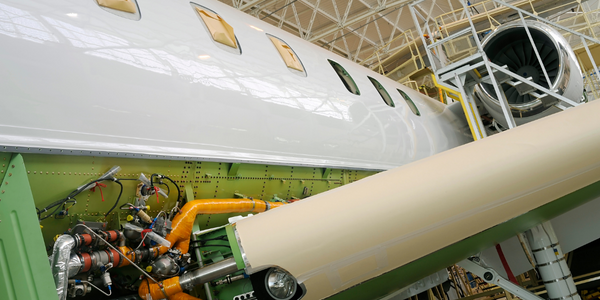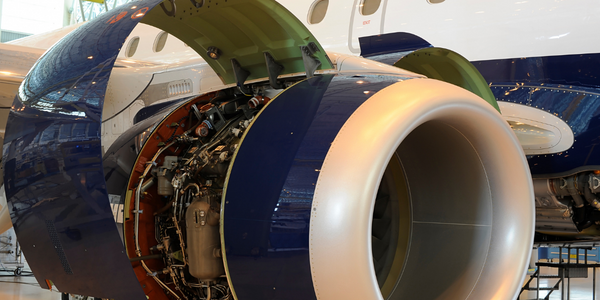- Networks & Connectivity - Global Navigation Satellite System (GNSS)
- Sensors - GPS
- Aerospace
- Telecommunications
- Product Research & Development
- Quality Assurance
- Time Sensitive Networking
- Virtual Prototyping & Product Testing
- Hardware Design & Engineering Services
- System Integration
SpaceQuest, Ltd. is a recognized leader in the development and rapid turnaround of advanced microsatellites and space systems. The company, based in Fairfax, VA, has been developing advanced satellite technology for government, university, and commercial use for over two decades. They have been involved in multiple space development projects, including avionics for the world’s first private space station, Genesis I and Genesis II, for Bigelow Aerospace. SpaceQuest is also a pioneer in the satellite automatic identification system (AIS) market, a navigation communications system for maritime collision avoidance.
SpaceQuest, a satellite technology company, was facing challenges with their PCB layout on complex designs and often had to outsource projects. With a major microsatellites program on the horizon, they needed a more efficient solution. They were also in the process of developing microsatellites for asset tracking and management services from low earth orbit and exploring how to collect AIS signals from space. However, their preliminary design of a payload to collect AIS signals was still a prototype and their development processes were evolving. In a critical situation, they had to integrate a brand new payload relatively late in a satellite development project, with only six weeks remaining before the design was scheduled to ship for launch. The task of delivering a completely new electronic board on such a tight schedule using their previous tools and processes was daunting.
SpaceQuest adopted Altium Designer, a PCB design software, to address their challenges. The software enabled them to consolidate all the board schematics into one environment, conduct electrical integrity, routing and mechanical fit checks, and spin a flight prototype board in just over one week. This saved crucial time, allowing them to focus on populating the board with electronic components, testing the AIS decoder software, and final thermal and vacuum chamber testing. Altium Designer also helped them develop an experimental AIS collection payload from concept to flight hardware in just six weeks. The software's 3D PCB visualization capability allowed engineers to achieve reduced tolerances for smaller and lighter payload enclosures, which are critical issues in the space industry. It also provided a high degree of confidence for mechanical compatibility prior to committing to board fabrication. SpaceQuest's engineers were able to generate PCB assembly drawings directly from Altium Designer, improving efficiency in product documentation and inventory control.

Case Study missing?
Start adding your own!
Register with your work email and create a new case study profile for your business.
Related Case Studies.









